Recently, I had the pleasure to travel, for the second time, to Kosovo and Metohija. Right at the start you maybe wandering,” He had a PLEASURE to travel to a war-zone???” Let me explain myself before we start.
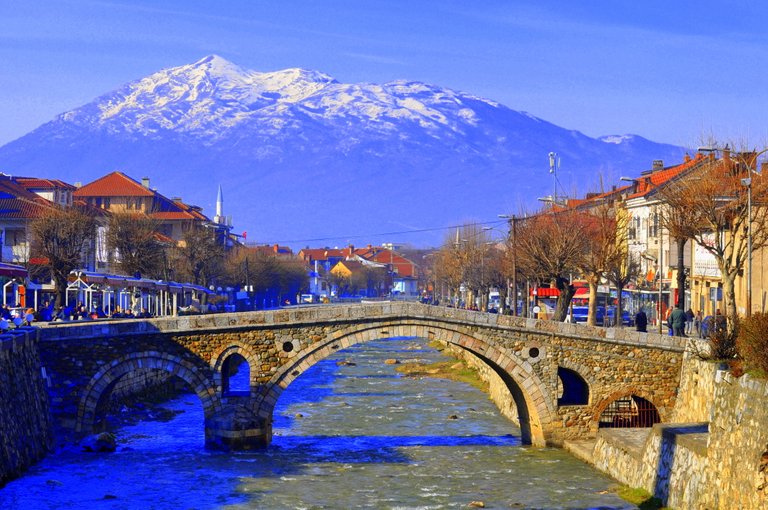

If you maybe recall it, at the dawn of 20th century there was a few wars in former Yugoslavia and the last one being on Kosovo. I really do not want to get into it, but like any other war there was many killed, misplaced and a lot more bad things happened. Even today, 19 years later, the tensions are very high but fortunately there is no ragging war. There are some positive steps to resolve this problem in the last few years but still the tension are high and there are many people living in very bad conditions without it being their fault in any way.
Now that we cleared that up I want to explain why did I go there for the second time. Few students from University of Belgrade organized many activities in Belgrade throughout last year, there they collected help for the kids and their families who are living in hard conditions without it being their fault.
“A Smile For Kosovo and Metohija” was based on many events like concerts, theater plays etc. Anyone who wanted could donate money, clothes or toys. Response from the public was brilliant, many people showed up and gave what they could.
“No one has ever become poor by giving.” - Anne Frank
One of ours biggest inspirations for making this possible was Arnaud Gouillon a French humanitarian whose work you can see here and here.
Because we are just ordinary students trying to help those in need, we decided to go directly to them without anyone trying to use us in anyway for their agendas.
This post is inspired by this trip, and will represent a mixture of history lesson and a travel blog. I will talk about what I say, tell you the rich history behind it and occasionally add my experiences and opinions while being there.
I will back up my personal images with those online, because I do not own a good enough camera and didn’t have the time to take photos of everything. But still, I want to share with you everything I saw and do it with good enough images so I hope you enjoy :)

Day 1
The bus with almost 50 students began its journey at midnight. The plan was to come to our first destination in the early morning. First place to visit was Gazimestan. A monument where the Battle of Kosovo happened in 1389. It was a battle between medieval Serbia and the Ottoman empire.
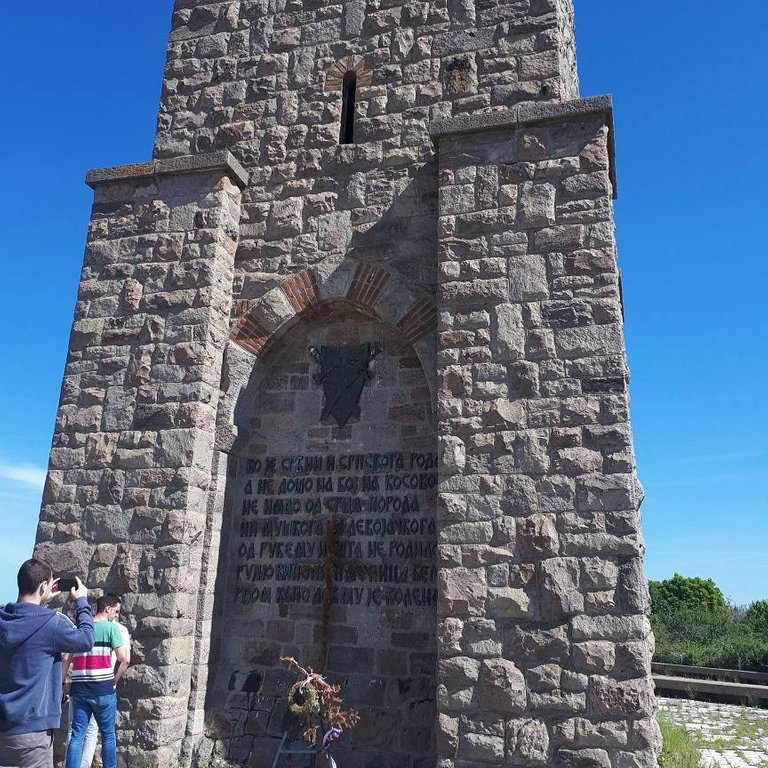

The place where it happened (as you can see on the picture) now has a monument with the written Kosovo curse on the front which curses all those who disobey the call to arms by Lazar, the ruler at the time.
And of Serb blood and heritage,
And comes not to fight at Kosovo,
May he never have progeny born from love,
Neither son nor daughter!
May nothing grow that his hand sows,
Neither young wine nor white wheat!
And may his progeny be feeble until any left
These kind of curses were very common in medieval Europe. Peasants were uneducated and very afraid of their lords and God. Not only would they be banished from their society (small village or city) they would also fear for their fortunes in the future if they did have the courage to disobey in first place.
You could say it is one of the most important events in history of Serbia. It is an unique and unusual to celebrate a battle that you lost and after which you lost your independence for centuries too. Build up to the battle and the battle itself has many different interpretations and a well known Kosovo Myth.
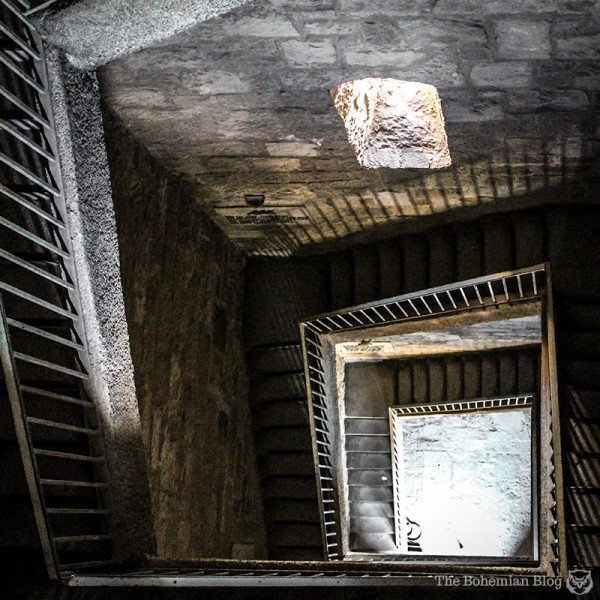

On the top of the tower, that you can climb, there is a map of the battle and you can imagine it overlooking the terrain from that height.


Could you imagine around 50.000 people fighting on this field? Something like that is almost impossible to image today, as well as the conditions that people were living. Many history geeks, myself included, always dreamed about traveling back in time and living through some historical events. I believe that we couldn't last a week, in 20th and 21th century we have comfortable lives but back then it was very cruel.
Some of the most popular oil paintings representing this battle are:
Painting of the Battle of Kosovo, dated 1870, by Adam Stefanović. Prince Lazar is seen dying with his horse, Image source


Painting of Miloš Obilić the alleged assassin of Sultan Murat I, dated 1861, by Aleksandar Dobrić, Image source


Our next stop was Gračanica. It is a village few kilometers from Prština. There we visited a Serbian orthodox monastery that was build in 1321. Gračanica is one of the many cultural monuments of exceptional importance.
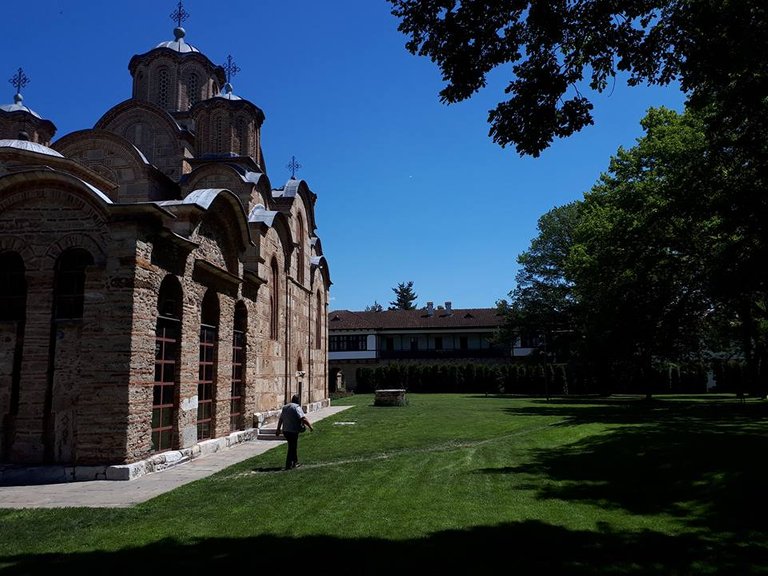

In 2006, UNESCO placed it on World Heritage List with Visoki Dečani which we visited later on. Being under UNESCO protection and on the WH List, you can find locals who are employed, that would tell you the rich history and show you around in any given time.
In Gračanica they also have a theater and in front of it are these big letters saying "Missing" with the picture of those who disappeared in recent wars. It was heartbreaking to see something like this still unresolved even so many years after the war.
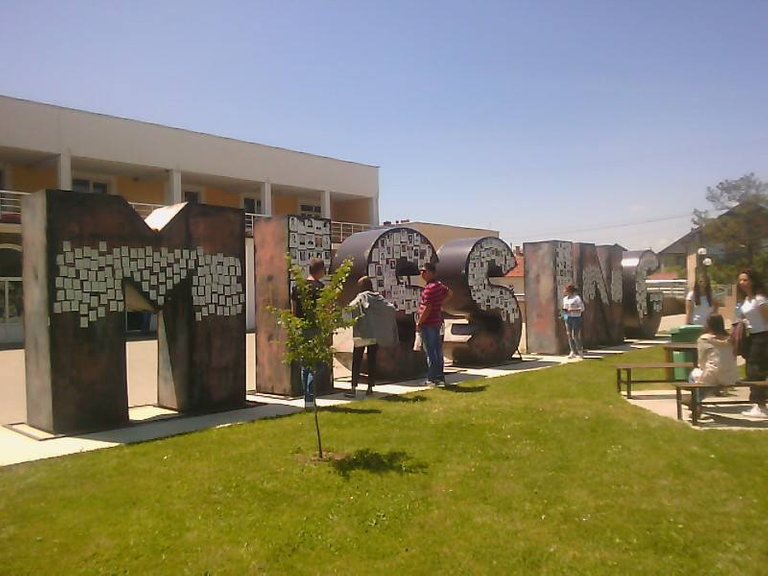

It is very hard to understand all of this, for example, only 1500km away from this sign is the popular I am Amsterdam sign that has a very different purpose. It is something to really think about.
Let's cheer a bit up and continue...
Also in Gračanica they have a statue of Miloš Obilić, who was a Serbian knight in the service of Prince Lazar, during the invasion of the Ottoman Empire. In Serbian epic poetry he gained a hero status even though it is uncertain that he even existed. Like I said before, there are many interpretations of the battle.


Interesting fact: There are ways to find out how the person (usually military leader), whose statue you are looking at, died even though you don't know the history behind it. Old sculptures usually have military leaders riding a horse. So if the horse has both front legs up the person died in battle. If the horse has only one leg up person died from deadly wounds gained in battle. And if the horse has all four legs on the ground, cause of death was natural.

Next that day we visited Draganac monastery which is more than 650 years old. It dates back to 1381 when there is a first mention of it, meaning that it was built before. It is almost perfectly hidden in the hill with a large forest around it. It is few kilometers from any kind of populated place and a perfect peaceful place to clear your mind. There are few monks (men who live there and keep the monastery active) and an orphanage. I will not show any pictures of kids that needed help. I believe it is not right for many different reasons.
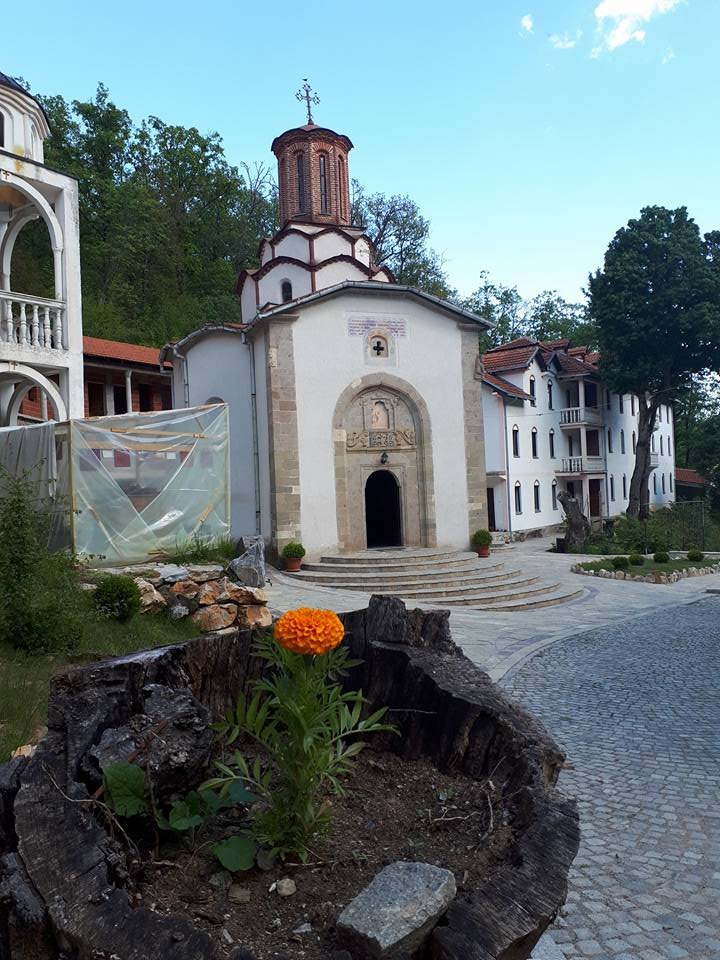

I will tell you about the moment when a little girl from the orphanage revived a rubber ball from us. She was so over the moon that certainly made us happy too but we did feel heartbroken at the same time. A lot of kids and adults today are under a lot of stress and usually unhappy even when they have more then necessary to live comfortable. Kids there have almost nothing but they are happy. Could you imagine any kid being excited over a ordinary rubber ball today? In this time and age we don't appreciate many things that are still very important. Usually we don't value them important until we lose them. Health, family, friends are very important for our happiness but today, an unhealthy ambition for material goods like money, cars, big houses drag us in a pit we can't escape until we realize we are very lucky with what we have. Don't get me wrong, ambition is necessary and good as long as it is healthy. Long story short... Be happy!!!
Later that day we went to Monastery of the Holy Archangels where we planned to spent the night. We had a little misfortune with our bus and were late 6 hours to .
Day two
The monastery of the Holy Archangels had a rough history so far. It was build mid 14th century by the Serbian Emperor at the time Stefan Dušan. When the Ottoman empire conquered Prizren they destroyed the monastery and used the materials to build the Sinan Pasha Mosque in center of Prizren.


You can see the remains of the two churches and a dormitory being rebuilt after burning in 2004. It was also robbed and burnt in 1999 during the war. This picture is a bit older, today the house and the workshop are functional and the monastery is again an active male monastery. The monastery is still under special protection by the police forces, like many other in this region.
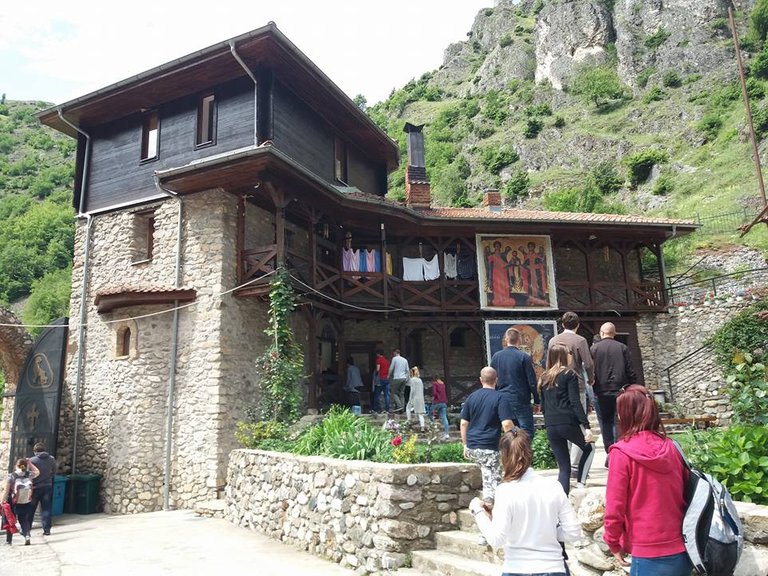

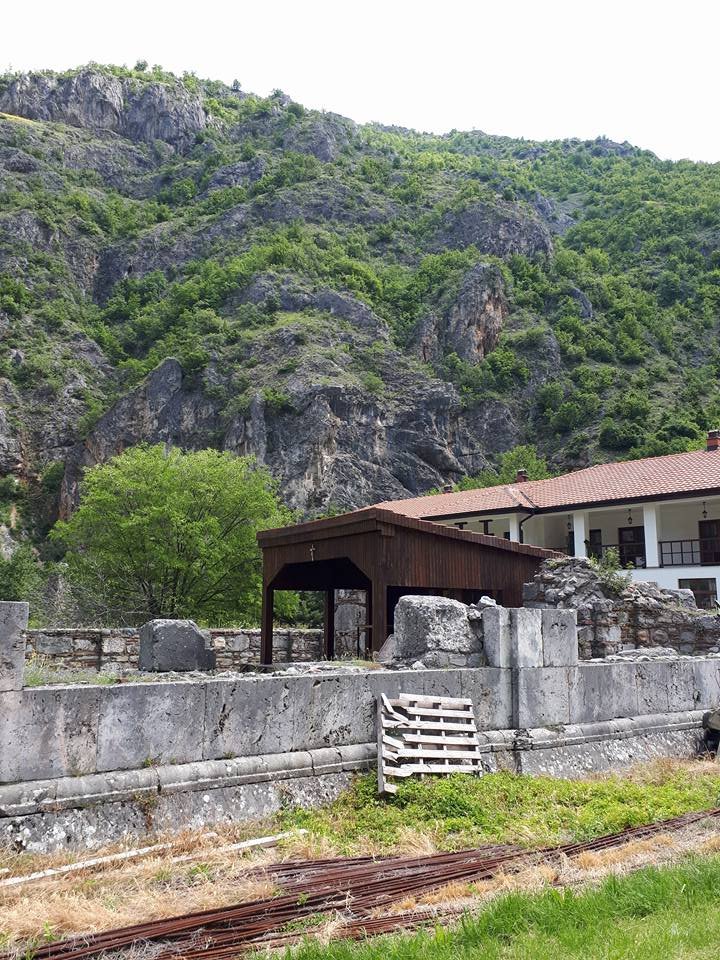

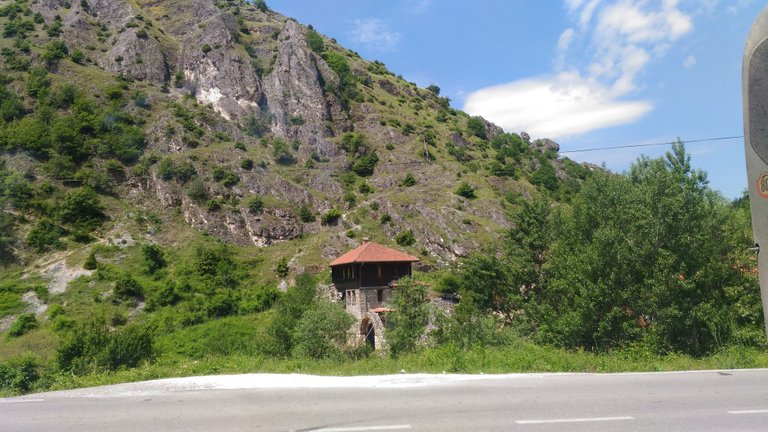

The Monastery represented the culmination of the Serbian ecclesiastical architectural style that led to the birth of the Morava school style.
The monastery is built in plateau in the Prizrenska Bistrica canyon, approximately 2.5 km southeast of Prizren, so all we needed is to go down the road to Prizren, which we did after breakfast. I must admit that it is one of the most beautiful cities I have ever seen.
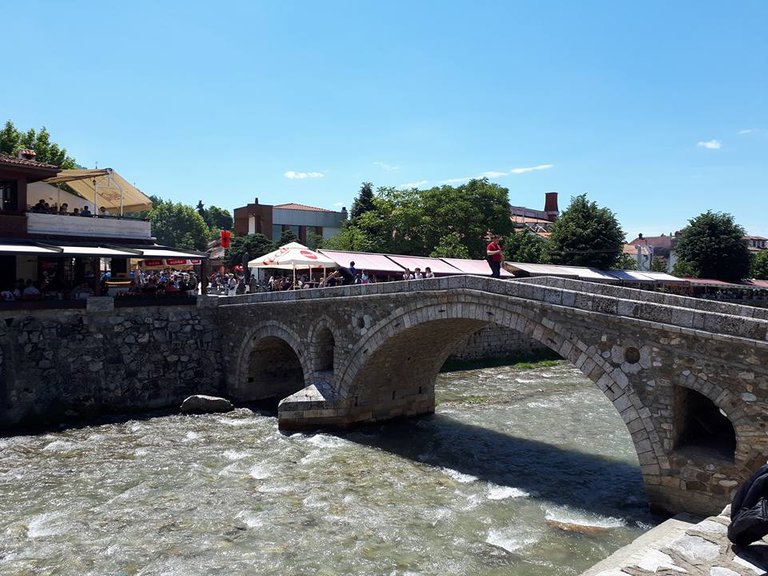



The name Bistrica means "clearwater" in Serbian. On the left bank of the river you can see the dominant Sinan Pasha Mosque. And in the hill you can see the Prizren Fortress from 11th century. Unfortunately we didn't have a chance to visit the mosque but we did a climb to the fortress. At first i thought it was not that high up but after the 20 min climb I almost died.
It was all worth it because the view from up there is just something else.


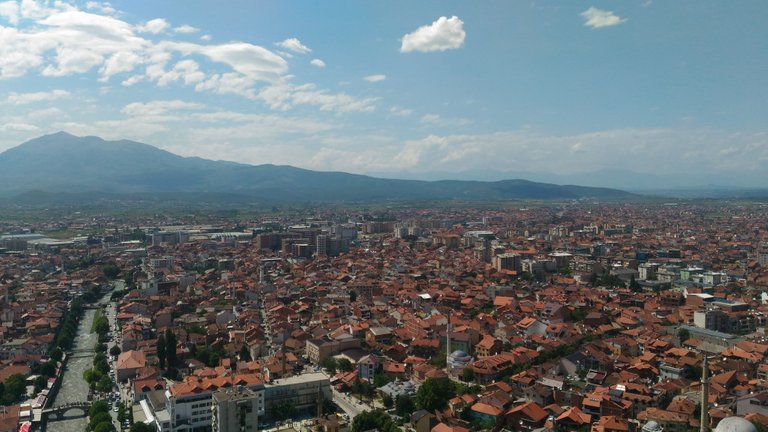

Prizren fortress, also known as Kaljaja, was built in 11th century by the Byzantine Empire. Later on it was used by Emperor Stefan Dušan when Prizren was the capital of the Serbian Empire. While the fortress had military importance it was conquered by the Ottoman Empire in 1455. It was declared a Monument of Culture of Exceptional Importance as well as Gračanica monastery and Sinan Pasha Mosque which we already covered in this post.
While we were resting on the fortress I had a chance to take a panorama photo, hope you like it as much as I am proud of it.


That's all we can cover in this post. I have much more to share so I do hope you read it and enjoy it and please leave your comments, critics etc. Had so much fun writing this post, even though I had problems posting it. I am very sorry I had to scrap my last post but I have learned my big lesson so I hope you will give me another chance. I would like to thank my friend @svemirac for helping me resolve all technical problems around this post, so please do check him out too!
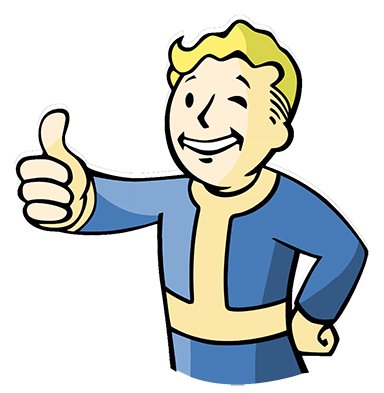
If you like my work be sure to upvote and follow me @whitewarlike! Until next time, have a nice day!

great shots! :) #1 is really good, the warmth on the right side from the sun, and the coldness on the left in the shade. #3 is also a really cool shot. Thanks for sharing!
Thank you for your time ! :)
Man just amazing. It is a great post . If i am a curator i will choose your post to be placed in one of these big groups where every body can see your post.
Thank you very much! I'll keep up posting, maybe someone spots it :)
they will :) , but when you post about travelling do not mention the time frame like last year or last month. This tip was given to me by a friend of mine who is a curator him self.
I didn't think the time frame was too much important here because I did focus on the history of the place a little bit more then the trip itself. But thank you, I'll definitely consider that before posting next time :)
History talks.This post says so.
really nice post.
Thank you! I agree, history can teach us so much and we need to learn, otherwise we will repeat same mistakes from the past :)
Yes. It's true.
I think so.
That was an interesting post of a part of the world that doesn't get too much attention in global media. Very good photos of your visit. Perhaps there will be additional parts to this post for the subsequent days.
Thank you :) Well, I only posted the first half of the trip here so maybe next week I'll do the rest. I didn't want to make it too long and wanted to see the reaction from others before i tell the whole story :)
Beautiful part of the world. Forgotten a bit. But it's ok that way. Massive tourism wouldn't do any good to environment